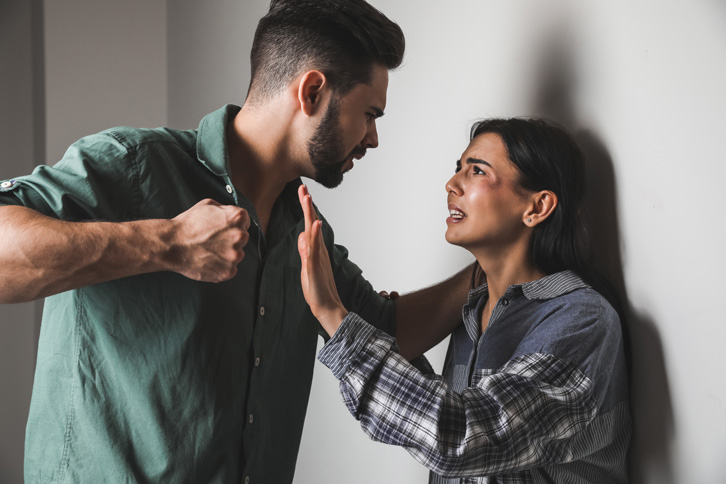Sadly, the probability of handling a domestic violence case is all too real for today’s family law attorneys. Domestic violence has become, and continues to be, and ever-growing problem.
If you’ve been a victim of domestic violence and plan on speaking to an attorney, which you should, be prepared for what might be considered an uncomfortable question: “Did you preserve any kind of evidence?” All too often, cases like this can come down to a “he said, she said” battle. With the right kind of evidence, however, the chance of a more positive domestic violence trial outcome increases.
When domestic abuse occurs, there are seldom witnesses. So, evidence becomes even more important. However strong the evidence presented is, that will likely determine the strength of the case. Arguments become opinions without evidence. No matter the situation, as much evidence as possible must be preserved if you are the victim so that your argument is as strong as it can be. To prove your case, unfortunately, you will likely bear the burden.
Standard Pieces of Domestic Violence Evidence
It is recommended by attorneys in the field of domestic violence cases that the following pieces of evidence be maintained (and are considered standard):
- From the abuser, a letter or anything else in writing
- Police reports
- Medical records
- Pictures of property damage or bruises
- Harassing posts on Facebook or other social media outlets
- Prior restraining orders
- Statements from witnesses
- Recordings of 911 calls
- Harassing phone calls
- Threatening text messages
- Video or audio recordings
The likelihood of your evidence being admitted is good provided it doesn’t violate any evidence rules. Save any pictures of bruises you have that were caused by your spouse/partner. As long as they’re relevant to your case, the pictures will likely be admissible.
Domestic Abuse Facts and Statistics
One of the saddest facts regarding domestic abuse is that, contrary to what the abuser may promise, violence and/or abuse on a domestic level is seldom a one-time occurrence. A distinct cycle is usually followed. “I’m sorry, I’ll never do it again!” has been heard by more victims, and uttered by more abusers, than one can even imagine.
Here are some additional facts/statistics concerning domestic violence and abuse:
- For injuries incurred by intimate partners, medical care is only sought/received by approximately 35% of victims.
- Suicidal behavior and depression are in direct correlation with domestic victimization in many cases.
- A weapon is involved in 19% of domestic violence cases.
- Most commonly abused by an intimate partner are women between the ages of 18 and 24.
- 15% of all violent crime involves intimate partner violence.
- There is a 500% risk increase for homicide if, in a domestic violence situation, a gun is present.
- By the domestic violence hotline, nationwide, more than 20,000 phone calls are received on a typical day.
- Victims of severe violence: 1 in 7 men; 1 in 4 women (this includes strangling, burning, stabbing, beating, etc.).
- 1 in 10 women have experienced intimate partner rape.
- 1 in 25 men and 1 in 7 women have been injured by an intimate partner.
- Some type of intimate partner violence has been experienced by 1 in 4 men and 1 in 3 women (this can include pushing, shoving, slapping, etc.).
- On average, in the United States, per minute, nearly 20 people are physically abused by an intimate partner. That equates to over 10 million men and women.
Victims of Domestic Abuse or Violence
If you are victim of domestic violence, don’t wait another moment to contact a knowledgeable, experienced attorney. Romanowski Law Offices is ready to assist domestic abuse and violence victims and their children. We are New Jersey’s leading family law attorney.
Curtis J. Romanowski, ESQ. is the author of the highly recognized treatise: Child Custody, Protection & Support (now in its Fifth Edition, and voted NJ Super Lawyer – Family Law, 2005-2021).

